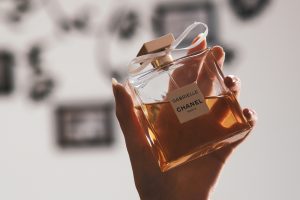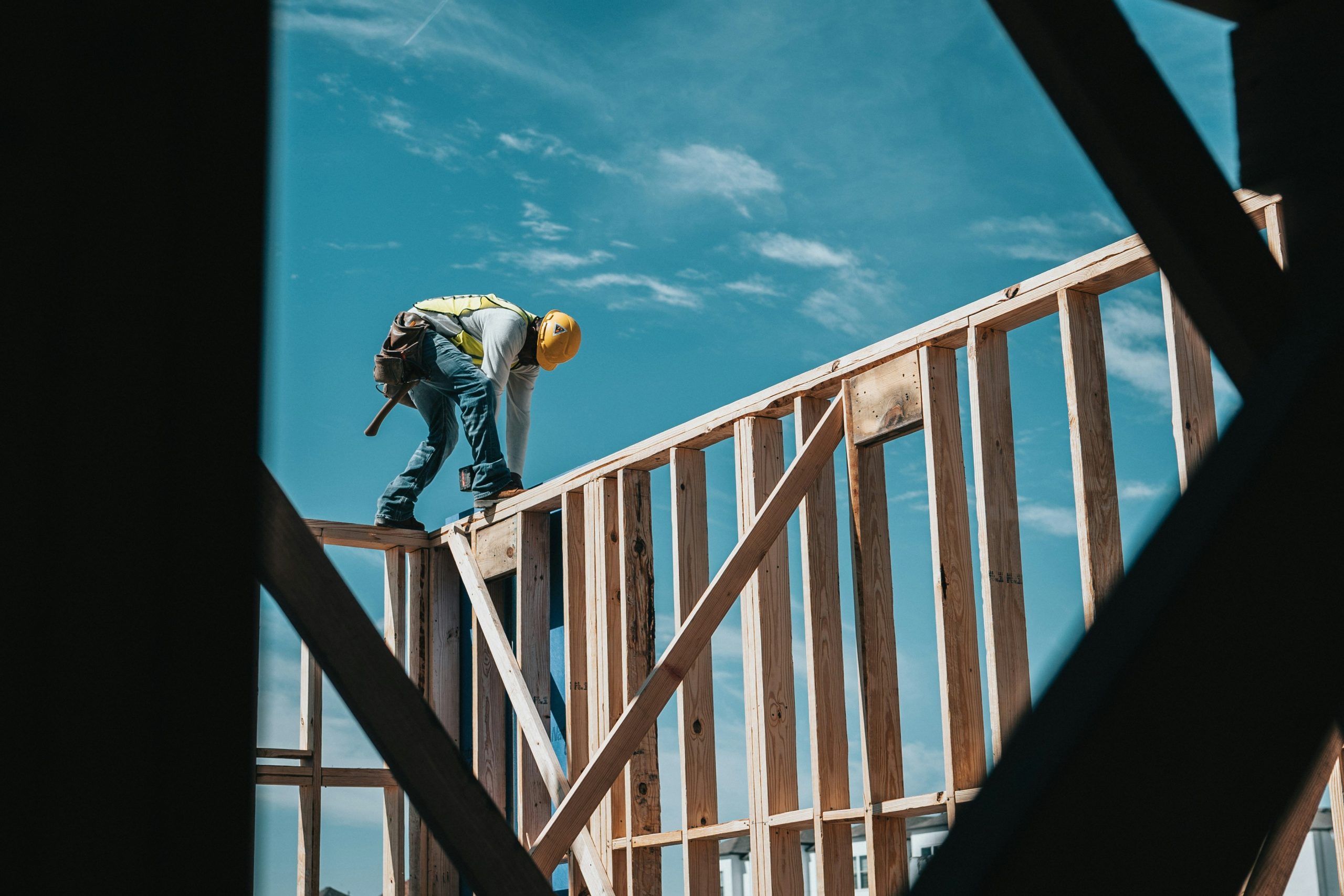What Is the Difference Between Water Ripple Sheet Metal and Other Textures?
Introduction to textured sheet metal
Textured sheet metal has become a popular choice in various industries, blending functionality with aesthetic appeal. The right texture can elevate a project from ordinary to extraordinary, not just enhancing visual interest but also providing practical benefits. Among the myriad options available, water ripple sheet metal stands out for its unique design and versatility.
This type of textured metal mimics the gentle undulations of rippling water, creating a captivating effect that catches light beautifully. But how does it compare with other textures like diamond plate or stucco? In this blog post, we’ll dive deep into the world of water ripple sheet metal and explore its distinctive features alongside other popular textures. Whether you’re an architect, designer, or DIY enthusiast looking to make informed choices for your next project, there’s plenty to uncover about this intriguing material!
What is water ripple sheet metal?
Water ripple sheet metal features a distinct, wavy texture that resembles the surface of rippling water. This unique design not only adds an aesthetic appeal but also serves functional purposes.
The pattern is created through a specialized manufacturing process that involves pressing and shaping sheets of metal. Materials like aluminum and stainless steel are commonly used for this type of texture due to their durability and corrosion resistance.
What sets water ripple apart from other textures is its ability to diffuse light effectively. This characteristic makes it ideal for decorative applications while maintaining strength in structural uses.
Its visual depth can enhance various environments, from modern interiors to industrial spaces. The captivating look draws attention without overwhelming the overall design scheme.
Comparison with other textures: diamond, stucco, and tread plate
Water ripple sheet metal stands out among various textures due to its distinct appearance and functionality.
Diamond plate features a raised pattern resembling diamonds, providing excellent traction. It’s often used in industrial settings for safety purposes but tends to lack aesthetic appeal compared to water ripple finishes.
Stucco texture has a rough surface that adds visual interest while also hiding imperfections. However, it water ripple sheet metal can be less versatile in applications where smoothness is preferred.
Tread plate offers durability and grip, making it ideal for walkways and ramps. Yet, like diamond plate, its utilitarian look may not fit every design scheme.
In contrast, water ripple sheet metal combines elegance with practicality. The flowing patterns create an eye-catching effect while retaining structural integrity across diverse environments.
Applications and uses of water ripple sheet metal
Water ripple sheet metal is versatile and finds its way into various applications across industries. Its eye-catching texture makes it popular for decorative elements in architecture and interior design. Designers often use it to enhance walls, ceilings, or even furniture pieces.
In the automotive sector, this type of sheet metal serves both aesthetic and functional purposes. It can be used as part of vehicle interiors or exteriors, offering a unique look while providing protection against minor dents and scratches.
Another notable application lies in industrial settings. Water ripple sheet metal can create non-slip surfaces on walkways or ramps. This safety feature is essential for preventing accidents in high-traffic areas.
Additionally, kitchen equipment manufacturers appreciate its durability and resistance to corrosion. It’s commonly found in countertops and backsplashes, combining functionality with modern style seamlessly.
Advantages and disadvantages of water ripple sheet metal
Water ripple sheet metal offers a unique blend of advantages. Its striking texture not only enhances aesthetic appeal but also water ripple sheet metal factory provides excellent grip. This makes it ideal for applications where safety is paramount.
On the downside, the intricate pattern can be more challenging to clean than smoother surfaces. Dirt and grime may become trapped in the ripples, requiring more maintenance effort.
Durability is another strong point; water ripple sheet metal resists wear and tear effectively. However, its manufacturing process can sometimes lead to higher costs compared to simpler textures like flat or brushed metals.
Another consideration is weight. While sturdy, this type of sheet metal can add significant bulk depending on thickness, which might impact transportation or installation logistics.
Weighing these factors helps determine if water ripple sheet metal suits your specific needs and projects.
Maintenance and care for water ripple sheet metal
Water ripple sheet metal adds a unique touch to various applications, but proper maintenance is essential for its longevity.
Start by regularly cleaning the surface. A mild detergent mixed with warm water and a soft cloth will do wonders. Avoid abrasive cleaners that could scratch the textured finish.
Inspect for any signs of corrosion or damage. If you notice rust forming, address it immediately with appropriate treatments to prevent further deterioration.
Additionally, consider applying a protective coating periodically. This can help maintain its appearance and provide an extra layer against environmental factors.
Always ensure proper ventilation in areas where this material is used. Humidity can lead to moisture buildup, which may affect the integrity of the metal over time.
By following these simple steps, your water ripple sheet metal can continue to shine while serving its purpose effectively for many years ahead.
Conclusion
Textured sheet metal serves a variety of purposes across industries, combining functionality with aesthetic appeal. Water ripple sheet metal stands out due to its unique design, setting it apart from other textures like diamond, stucco, and tread plate.
Water ripple sheet metal features a wave-like pattern that not only enhances visual interest but also provides additional strength and resistance to bending. This texture can be particularly useful in applications where both durability and style are essential. When compared to the more common diamond or tread plate textures, water ripple offers a softer appearance while maintaining structural integrity.
This type of textured metal finds its way into many applications—from architectural elements to artistic installations—making it versatile in use. While there are clear advantages such as enhanced aesthetics and functional properties, potential drawbacks include challenges with maintenance over time.
Caring for water ripple sheet metal is straightforward but requires regular attention to preserve its beauty and utility. With proper handling and cleaning techniques, this material can maintain its appealing surface for years.
The distinct characteristics of water ripple sheet metal make it an excellent choice in various settings. Whether you’re considering it for practical uses or decorative projects, understanding how it differs from other textures can guide your decision-making process effectively. There’s much value in exploring these options tailored specifically to your needs.






